I mean, look, you could make an argument that Laurence Sterne’s Tristram Shandy is trans lit. You know why? Because one way of talking about trans lit is simply to say that it represents an intensification of what we mean in general when we talk about the relationship between the body and language.
That is one way of talking about trans lit, and you will notice that I did include several authors here who do not necessarily identify as trans, but who have produced works that dwell in that particular landscape of thought in ways that I myself could not do without. But that is not the only way to talk about trans lit, because simply universalizing the question of the body forgets the passionate particulars that make up our world.
For example, I love my (cis, straight male) therapist, but when he tells me that the specificity of whatever trans complaint or joy I might be describing that day is simply a version of what it means to be a subject in general, I feel both the thrill of my connectedness to some broader world in which everyone is sort of secretly trans, and extreme aggravation that he’ll never understand what I—what we—have experienced. I’m talking about the fury and the frustration of sitting there and feeling that my uncredentialed self knows more about life, about bodies, about sex than my therapist does. Why do we ask cis straight men their opinions on our interior lives? Why do I? But I keep returning to that scene, waiting for him to catch up with pronouns, with paradigms. Well, everything’s a contradiction.
Meanwhile, Tristram Shandy didn’t make my cut. Tristram Shandy represents a certain universality of transness that I think is true (yeah all bodies are trans in some sense, etc.). But the contradictory co-truth of this universality of transness is that we know, or feel, or live something in specific that other people do not. Or we know it differently. And some of us have shared that with each other—and said it out loud—and so our books live beyond us. For all the craft that goes into them, books are ultimately constellations of contingencies waiting to happen.
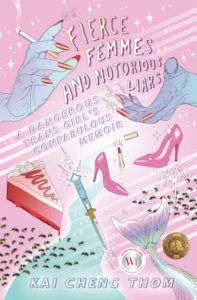
Kai Cheng Thom, Fierce Femmes and Notorious Liars
A brilliant work of magical realist memoir. But I love it equally for the moments at which Thom presses up against the limits of magicalness and shows us that not everything is available for unreality. Contains one of my very favorite toilet scenes ever, and that includes all of the toilets of those French/Italian boys like Duchamp, Hocquenghem, and Pasolini.
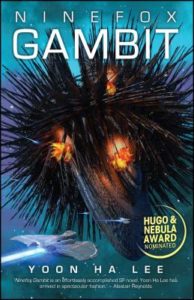
Yoon Ha Lee, Ninefox Gambit
Prismatic, adrenalized space opera, trans-style. I love it I love it I love it. Lee confects a sprawling labyrinth that dives from the starry reaches of deep space into the equally starry details of the quotidian. In Ninefox Gambit, transness is not the property of a singular subject, but is a modality shared between and across bodies.
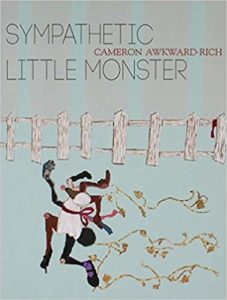
Cameron Awkward-Rich, Sympathetic Little Monster
Awkward-Rich’s work exemplifies the breathtaking power of poetry to scramble common sense and produce from the wreckage the closest thing we’ll have to gorgeousness and truth this side of a revolution. Each poem kaleidoscopically inserts a plug somewhere you didn’t realize—or didn’t realize you realized—there was a socket all along, rewriting every calcified and mistaken assumption about what it means to be a body: “the body just wants/what it wants: to be a hallway/where men hang their photos/on the wall.”
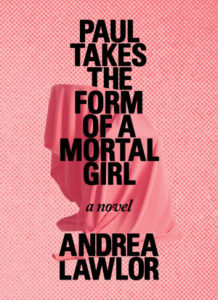
Andrea Lawlor, Paul Takes the Form of a Mortal Girl
A queer cruisy picaresque of that now-historical period known as “the 90s.” This book is a shapeshifter. On the one hand a détournement of so many queer realisms—from Holleran (the late night novel, the scavenger queer dance floor novel) to Feinberg (the bar novel, the novel of queer labor and the labor of queer embodiment). On the other, a fabulist, neofolklorist interruption of this realism. Some will say Paul is a queer bildungsroman. But bildung projects the fiction of progress, and this is a sparkling universe of fabulous schisms.
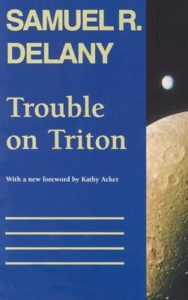
Samuel Delany, Trouble on Triton
We are still catching up to what Samuel Delany laid out in 1976. We’ve moved to Triton and secondary sex characteristics are changeable at will. There’s also an elaborate theory contained herein about literature as the metabolization of history into aesthetic form, and as a model for thought more broadly. In so doing, Delany mends the only seemingly intractable debate between Deleuze and Foucault over whether or not philosophy can exceed its own conditions of possibility.
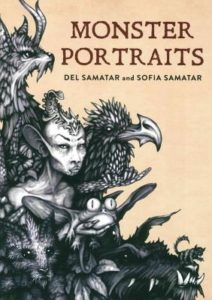
Sofia Samatar, Monster Portraits
Not officially “trans” but for anyone who has ever been called a monster or thought of themselves in this way, Samatar’s conceptualization of “speculative memoir” will thrill you. For anyone thinking through and trying to resist the demands placed on us to expose ourselves for the prurient gaze of the state, medical professionals, gawkings, etc. Monster Portraits gives us an off-ramp into a dream. In that dream, monsters prefer the intimacy and tenderness of being drawn by hand to being frozen on film.
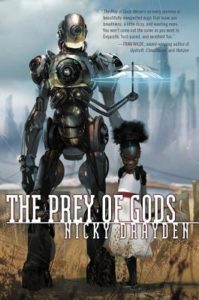
Nicky Drayden, Prey of Gods
The crispest sci-fi I’ve read in a long time. Near-future South Africa. Robots, animal familiars, and psychic powers unleashed en masse. This book contains one of the most fun sex scenes I’ve ever read. NBD, but it happens to involve a drugged-out encounter between a crab and a dolphin.
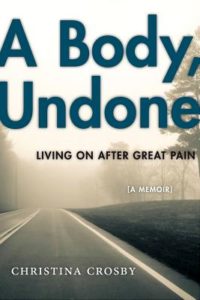
Christina Crosby, A Body, Undone
Officially an account of a traumatic bicycle accident that left Crosby a partial quadriplegic. Really one of the most profound engagements with the relationship between embodied memory and narrative form since—can I say?—Proust.
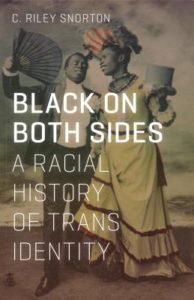
C. Riley Snorton, Black on Both Sides: A Racial History of Trans Identity
If you are interested in trans fiction then I think you’re also interested in how a trans lens on history turns up the focus on the past and the present, rendering them in more violent, accurate, powerful, and inspiring detail. A multiple award-winning, scrupulously researched, wide ranging history that constellates the baleful origins of Western gynecology, plantation slavery and its enduring aftermath, and contemporary transgender politics and representation. Essential reading, full stop.

Captive Genders: Trans-Embodiment and the Prison Industrial Complex, ed. Eric Stanley and Nat Smith, Foreword by CeCe McDonald
Transness does not exist in a vacuum; this book details the way power threads itself over and through the body, the way it is racialized, precise, and cruel in its targets. Angela Davis pointed out long ago that “gender structures the prison system.” This collection expands on that miserable truth to tell many others. But it also represents a horizon of dreamwork and collective struggle. As McDonald writes, in “a post-prison world, we will have free cookies for everyone, unicorns, and really cute clothes—it will be a trans-topia.”
Jordy Rosenberg
Jordy Rosenberg is a transgender writer and scholar. He is an associate professor at the University of Massachusetts Amherst, where he teaches 18th-century literature and queer/trans theory. He has received fellowships and awards from the Marion and Jasper Whiting Foundation, the Ahmanson Foundation/J. Paul Getty Trust, the UCLA Center for 17th- and 18th-Century Studies, the Society for the Humanities at Cornell University, and the Clarion Foundation’s Science Fiction and Fantasy Writers’ Workshop. He is the author of a scholarly monograph, Critical Enthusiasm: Capital Accumulation and the Transformation of Religious Passion. He lives in New York City and Northampton, Massachusetts. Confessions of the Fox is his first novel.




















